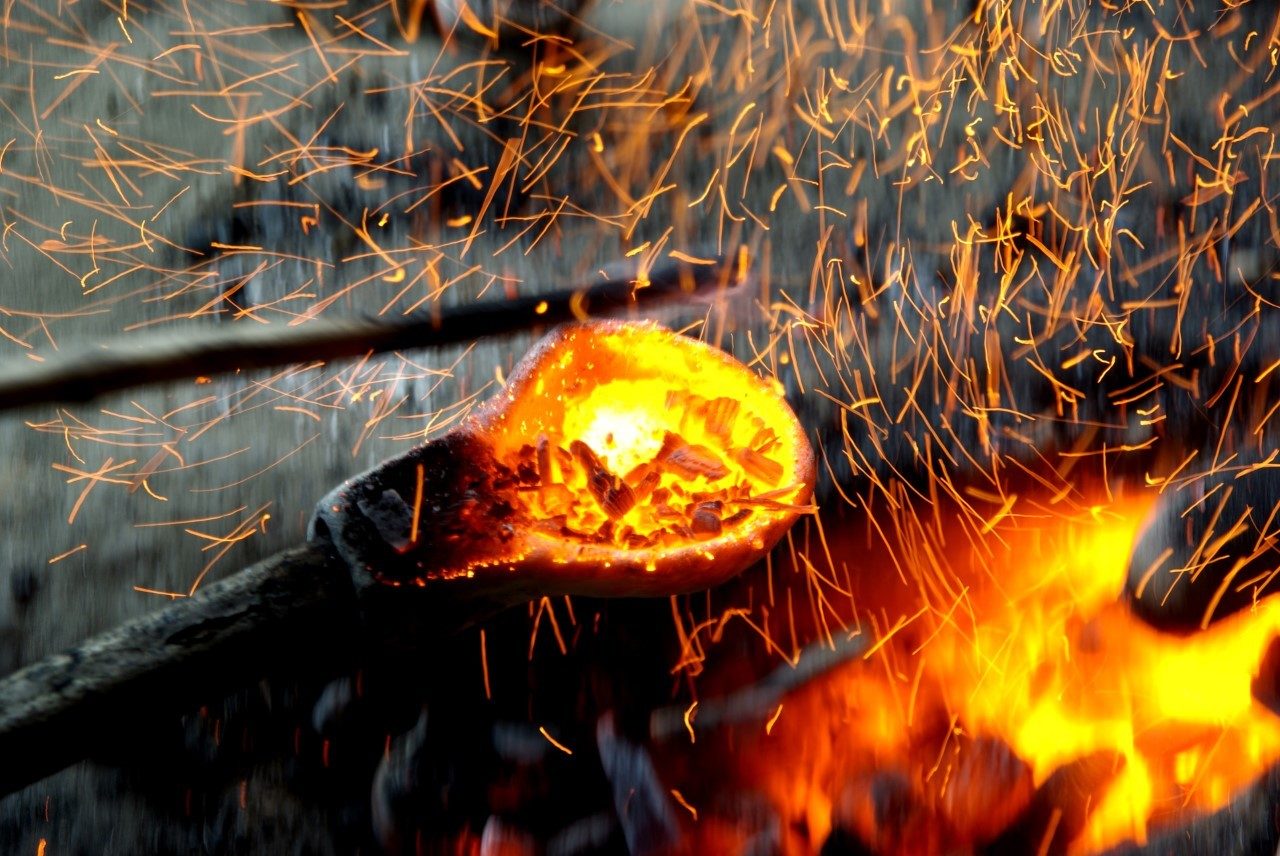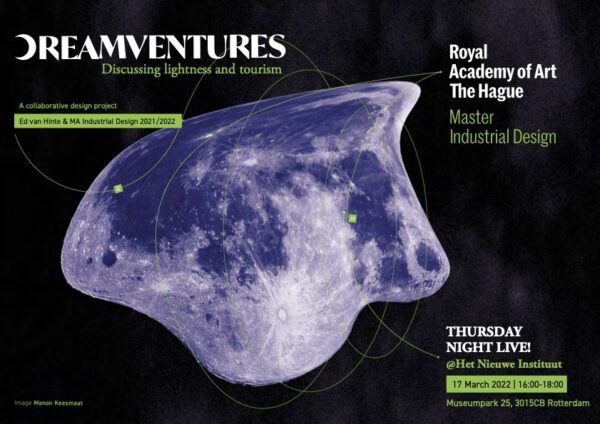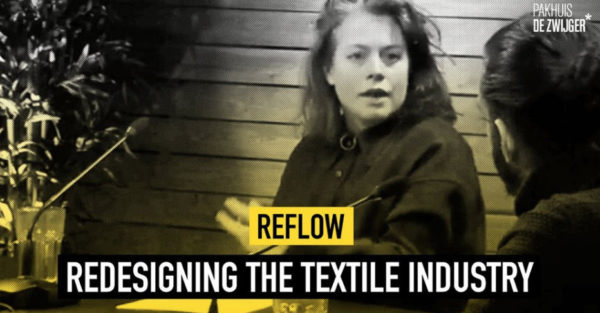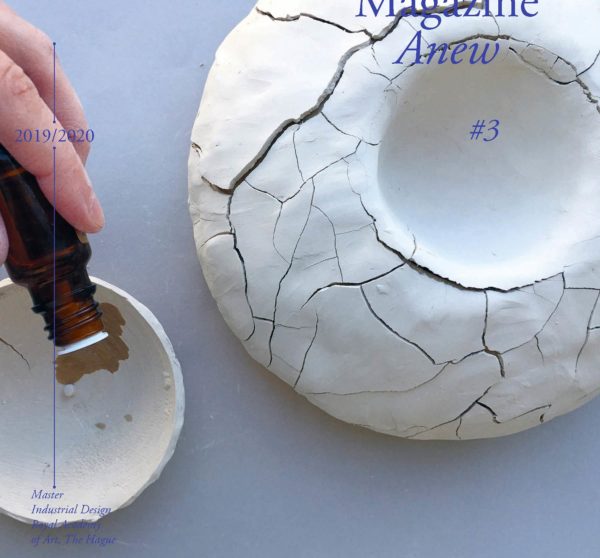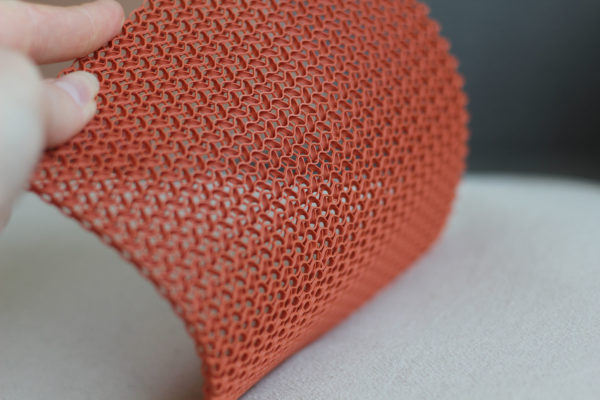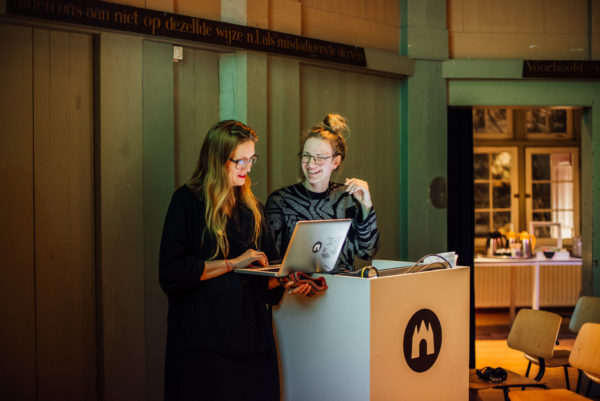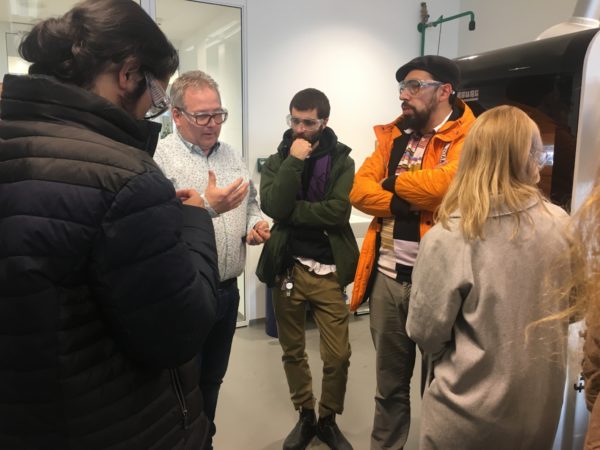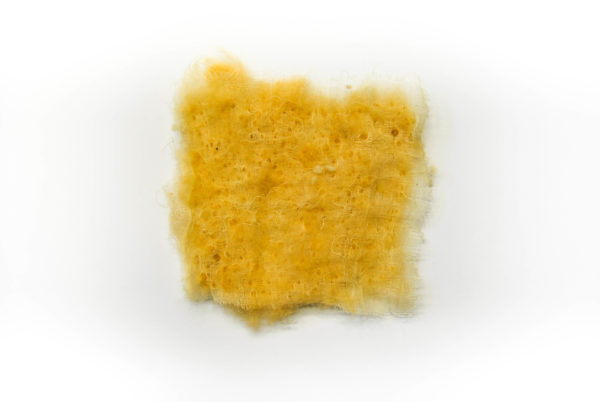Master Industrial Design students follow lecture series on archaeology at Leiden University
8 March 2021
What the designer can learn from the archaeologist
With his work, archaeologist Maikel Kuijpers argues for a broadening view both within and outside archeology: “We must pay more attention to the materials around us, because they influence our way of thinking and acting.” This semester, students of the
"People think I'm a strange kind of archaeologist", says Kuijpers. "Archeology is always about the past. I ask the question: what does our field have to say about what is going on now? Get your head out of the sand, I tell my students."
Starting from the movement within archeology called new materialism, Kuijpers proposes a different view of human action and knowing; according to him, both are partly shaped by materiality. "How does human cognition or intelligence develop in relation to materials? That is the question I am concerned with. And I think that question is relevant not only for the past, but also for the present. We may make other choices if we are more aware of materials."
Influence of materials
According to Kuijpers, the material engagement theory formulates an answer to this question about the relationship between man and matter from an archaeological, i.e., macro-historical, perspective, and describes processes and developments that take place over hundreds of years. But, he believes, you can also see the influence of materials in a smaller scale, in the way in which craftsmen such as woodworkers and ceramists relate to their material for instance. They say things like, "the material tells me what to do", says Kuijpers, who had many conversations with makers as part of his research. In other words: is the material in charge and not the (professional) person? "In any case, it is not only people who are in charge, but we don't know exactly where the agency is located; maybe somewhere between material and people."
Bronze rings
But how can we imagine a material's ability to act? Kuijpers gives an example: "An early form of currency in Europe was a kind of necklace. We see these in the Early Bronze Age, about 4000 years ago (Early Bronze Age central Europe = 2200-1700 BCE).
These rings were suitable as a means of payment because they were almost identical in shape and weight. Why did they look the same? Bronze can be cast. With bronze it was therefore possible to work with a mould and make copies for the first time. Other materials, such as stone, could only be processed by removing pieces from it. Working with a mould was a fundamentally different way of making things at the time. And thus, a fundamentally different way of thinking. Both made possible by the material: bronze."

What Kuijpers proposes is a kind of extension of human agency or subjectivity as can also be seen in the technological philosophical ideas of thinkers such as Bruno Latour and Peter-Paul Verbeek. But where the philosophy of technology often looks at the shared agency, or subjectivity, of man and the (technological) object, Kuijpers starts closer to home: with the material of which the things around us are made. In doing so, he learns from the past.
The archeologist and the designer
And if we translate the past into the present, or even the future? What kind of insight does that provide? "We cannot be naive about the extent to which things and their materials affect us. Materials have an impact." Experiments are currently being conducted worldwide with graphene, says Kuijpers, a new miracle material that may knock plastic off its pedestal.
Graphene is stronger than steel, as light as a feather, a good conductor, transparent and flexible. "You can't introduce these kinds of materials and believe nothing will change. A material like that, will also creep into our language and thus affect how we see the world. During the Industrial Revolution, man was seen as a small factory. Our current metaphor for the human brain is the computer. Technology and materiality colour our view of people and the world."
So should an archaeologist be a standard part of every design process? "Well, that's going a bit far", laughs Kuijpers. However, interdisciplinary collaborations such as this one with the students of MID are very important, he says: "As soon as you start talking to people outside your own field, you get questions for which you are poorly prepared and that keeps you on your toes. We academics are concerned with the abstract, with, in the case of archeology, time periods and developments in which the individual disappears.”
Kuijpers expects the MID students to ask him to make things more concrete: What does this mean for me as a designer? Kuijpers: "Making that translation is difficult, but also a challenge. At the same time, I would like take designers and makers away from their focus on that one, concrete design and impart that broad, abstract view. The realization: this object that I make is going to survive me and all the ethical questions that it entails."
Original text by Merel Kamp
Translation: Irene de Craen
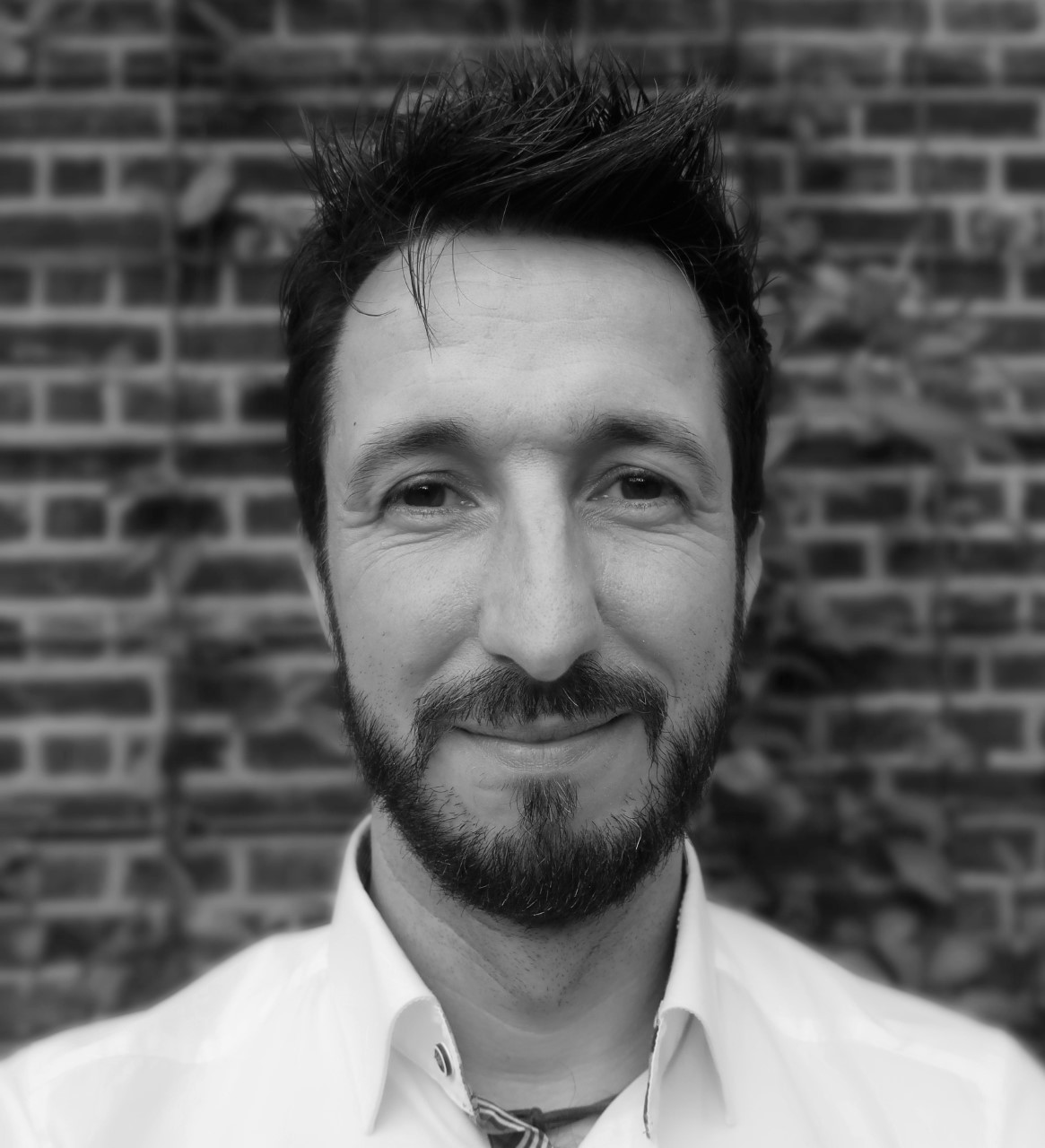
Maikel Kuijpers is assistant professor of Archeology at Leiden University. For the Correspondent he writes about the fundamental materials of our modern civilization, such as concrete, steel and plastic
View Maikel Kuijpers' research portfolio and a documentary made by him.
